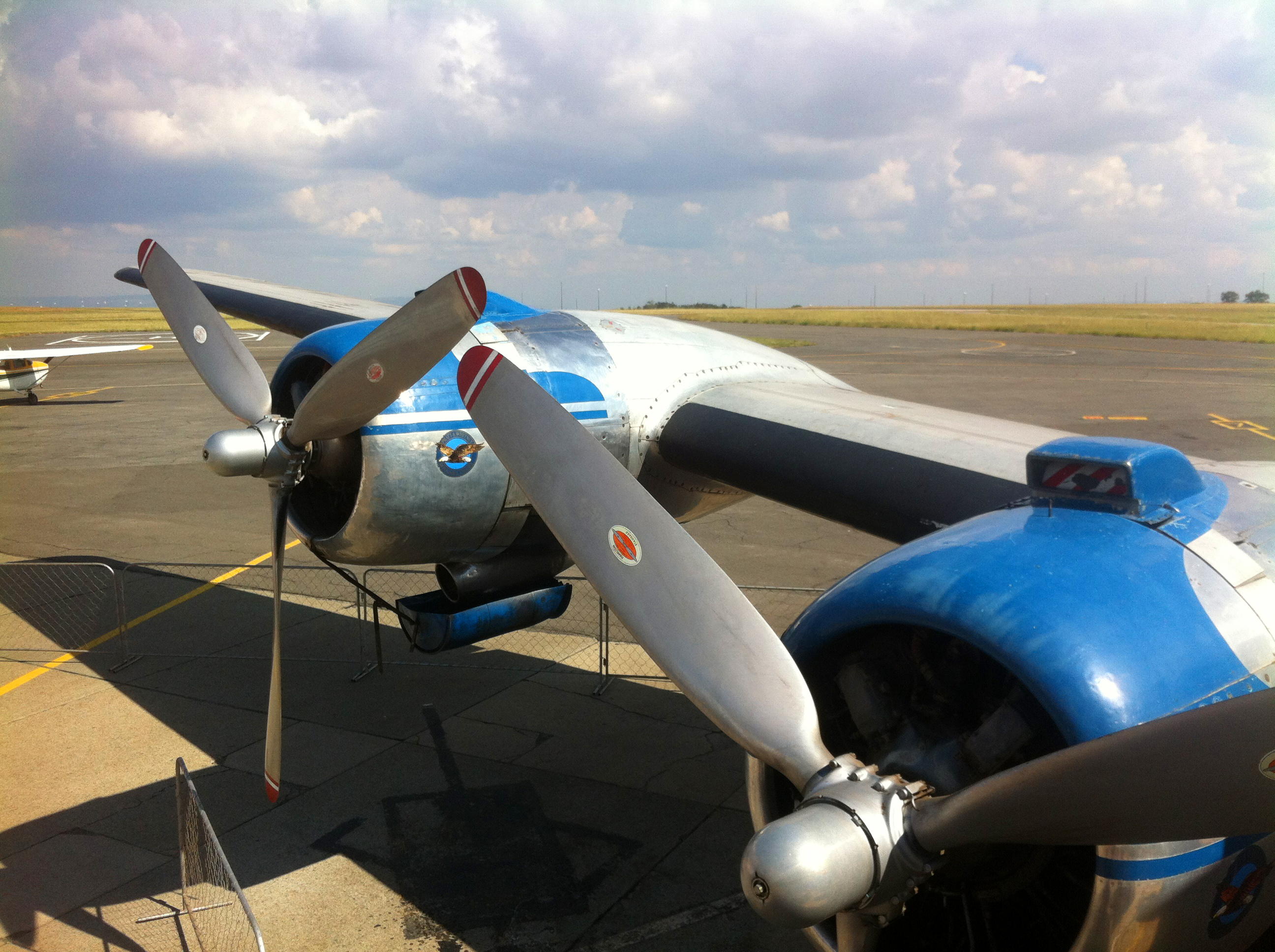
Let’s start with a brain jiggle – ISA (International Standard Atmosphere) was created in order to standardise aircraft instruments, and thus provides a common reference for both pressure, and temperature. However, if the actual outside air temperature (OAT) differs from the ISA for the particular altitude or flight level that you are at, then this will affect your aircraft’s performance.
The first step is to check what the standard (ISA) temperature is for your chosen altitude. Remember that according to ISA, the temperature will decrease by 1.98°C per 1000ft from mean sea level (MSL). For practical, and exam purposes, we can safely use a 2°C decrease per 1000ft that we climb. So, as an example, if the chosen altitude is 8000ft then we calculate it like this:
8 x -2 = -16 now add +15 (which is the ISA temperature at MSL) = -1°C
If the actual OAT at 8000ft is 6°C, then we can see that there is a difference with the ISA temperature which is -1°C. In order to determine how the aircraft will perform, we need to work out what the deviation is. Higher than ISA temperatures, in particular, will negatively affect performance in various phases of flight such as take off, cruise and climb, so be sure to check your aircraft’s performance graphs, especially if the temperature is high, the altitude is high, and you are carrying a heavy load.
Using our example, to calculate the deviation from ISA:
6°C (actual OAT at 8000ft) -1°C (ISA temperature at 8000ft) = Deviation of +7°C. This means that the temperature is 7°C warmer than the given ISA temperature for that altitude.
For those writing theoretical exams, please remember that 0°C is actually a temperature, so remember to include it, particularly if you are working with ISA at 7000ft which is +1°C and 8000ft which is -1°C. 7500ft is in between at 0°C.
This deviation can significantly affect the way your aircraft performs – as the temperature is higher than ISA, you will find that it will perform as though it was at a much higher altitude. Temperature deviation needs to be taken into account when checking your take off, cruise, climb and landing performance graphs, as these graphs are normally designed with ISA standard temperature. Not factoring the temperature deviation will yield an inaccurate result! Similarly, it is imperative to check the density altitude, or you may just find yourself mushing along the runway unable to take off…




i am bit confused can you please let me know the temperature on 34000 ft will be (34*-2)+15=53? right
You are correct 🙂
Its = – 53
34 x -2 = – 68, add +15 you got -53… right
Isa temperature is Right
-53
Thanks.. So if you want to calculate the ISA Deviation on arriving airport, how do you do that?
Hi Tom
You would firstly need to know the altitude of the airport AMSL. For example if it is 5000ft, then you first need to calculate the ISA temperature at 5000ft: 5 x -2 +15 = 5 deg. Now you take the actual reported OAT and you find the the difference between the two. So, if the OAT happens to be 30 deg, then 30 -5 = 25 deg deviation. It is warmer than the expected ISA temperature at that altitude by 25 deg. Hope that helps!
Sorry the oat for the airport where does it extend to cause it cant be the temperature for everywhere thanks
In your example the ISA deviation should be +7, not 14 as stated. Standard temp at 8000’ is -1 and it’s actually +6. In other words +7 (warmer than standard).
Thanks for picking that up William – something happened with the text, but all fixed up now! We owe you a pint 🙂